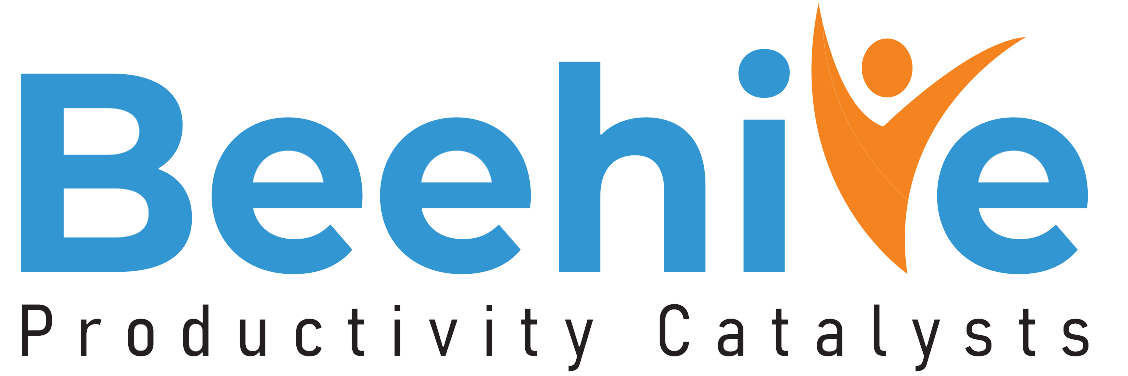All employees benefit from feedback for development since it helps them recognize their strengths and weaknesses. One method for gathering and presenting this information is using a 360-degree feedback system. Throughout the article, we discuss what 360-degree feedback is, what it means, and how it works.
What is 360-degree feedback?
360 Degree Feedback is a method of giving confidential, anonymous feedback to employees by colleagues. An anonymous online feedback form asks a broad range of questions covering workplace competencies that approximately eight to twelve people complete. It usually involves their managers, peers, direct reports, and subordinates – hence the name “360 degrees”.
Raters are asked to provide written comments and questions measured on a rating scale. This is designed to provide a well-rounded view of each individual by allowing various people to share their opinions. It is often used to develop a subject’s skills, behavior, and relationships at work. Additionally, it is used primarily by higher-ranking individuals within the organization.
Purpose of 360-degree feedback
In 360-degree feedback, your managers, peers, staff members, direct reports, and subordinates can provide feedback on an employee. They can also provide feedback on employees from external sources (clients, vendors, etc.). These feedbacks are often used as benchmarks in the development of employees.
Example of 360-degree feedback
It is up to the person providing the review process feedback to choose how detailed or brief it should be. In such a case, a manager might discuss goal setting, progress towards those goals, and unexpected challenges the employee faced. Peer reviews are often much more basic, such as a note about the experience of working with them. Suppose a coworker says, “This worker is friendly and always completes their part of the project by the deadline.”.
How does 360-degree feedback function?
No matter how managers use the information, a 360-degree feedback initiative follows the same basic steps.
- During the final stages of a project, managers seek feedback from team members and managers who collaborated closely on the project.
- A pre-designed questionnaire is emailed to raters.
- Questionnaires are filled out anonymously by respondents. These forms provide an overview of the employee’s strengths, weaknesses, opportunities, and wins.
- Data on the reviews are collected by human resources, which creates a report summarising common themes, recognitions, and feedback.
- Using the feedback report, a manager creates an ongoing leadership development plan for their employee.
- It is ideal for all parties to feel comfortable during this process. The employee should feel acknowledged, recognised, and less intimidated by providing constructive criticism.
How do companies use 360-degree feedback?
1. Employee 360-degree feedback as a tool to identify strengths and weaknesses and improve performance
Using 360 as a development tool properly can be highly effective. People can provide anonymous feedback to their coworkers during the feedback process, something they might not otherwise be comfortable doing.
2. The use of 360-degree feedback as a performance appraisal tool
Performance appraisals are often based on 360-degree feedback but are not always practical. Utilizing 360 evaluations to measure performance is complex when you want to create an atmosphere of trust.
Pros
- Behaviors and competencies are measured through 360-degree feedback
- Employees receive feedback on their performance through 360-degree assessments
- Listening, planning, and setting goals are some of the skills addressed by 360-degree feedback
- In a 360-degree evaluation, factors such as teamwork, leadership effectiveness, and character are evaluated subjectively
Cons
- Employee performance objectives (MBOs) cannot be measured through 360-degree feedback.
- An employee’s performance cannot be determined by 360-degree feedback
- A 360-degree feedback system does not focus on basic technical skills or job-specific competencies
- Using 360 feedback to measure strictly objective criteria such as attendance or sales quotas is inappropriate.
Bottom line
A 360-degree feedback tool can help accelerate your or your employees’ professional development. In a 360 assessment, you’ll receive honest feedback and constructive criticism that you would not otherwise receive.





